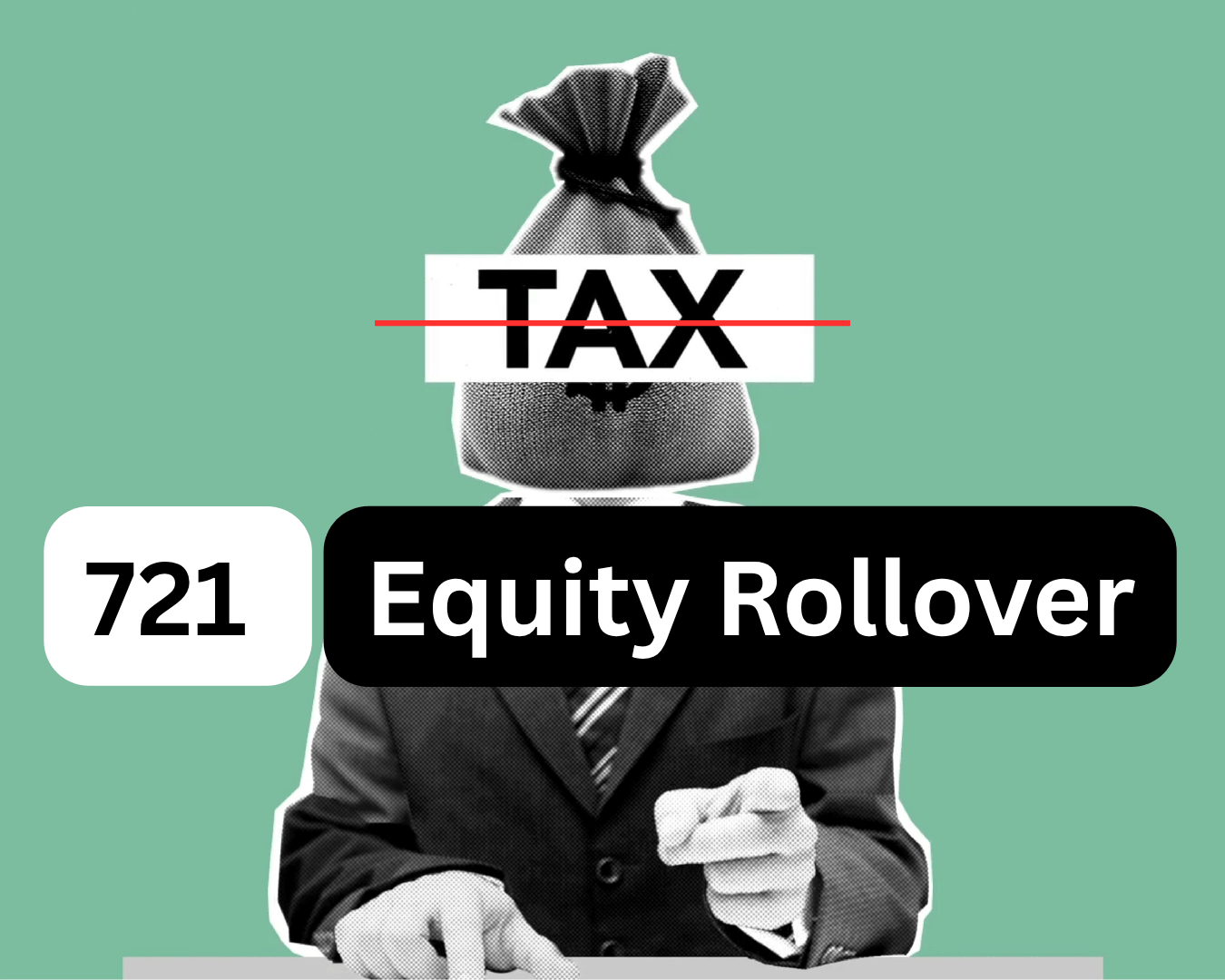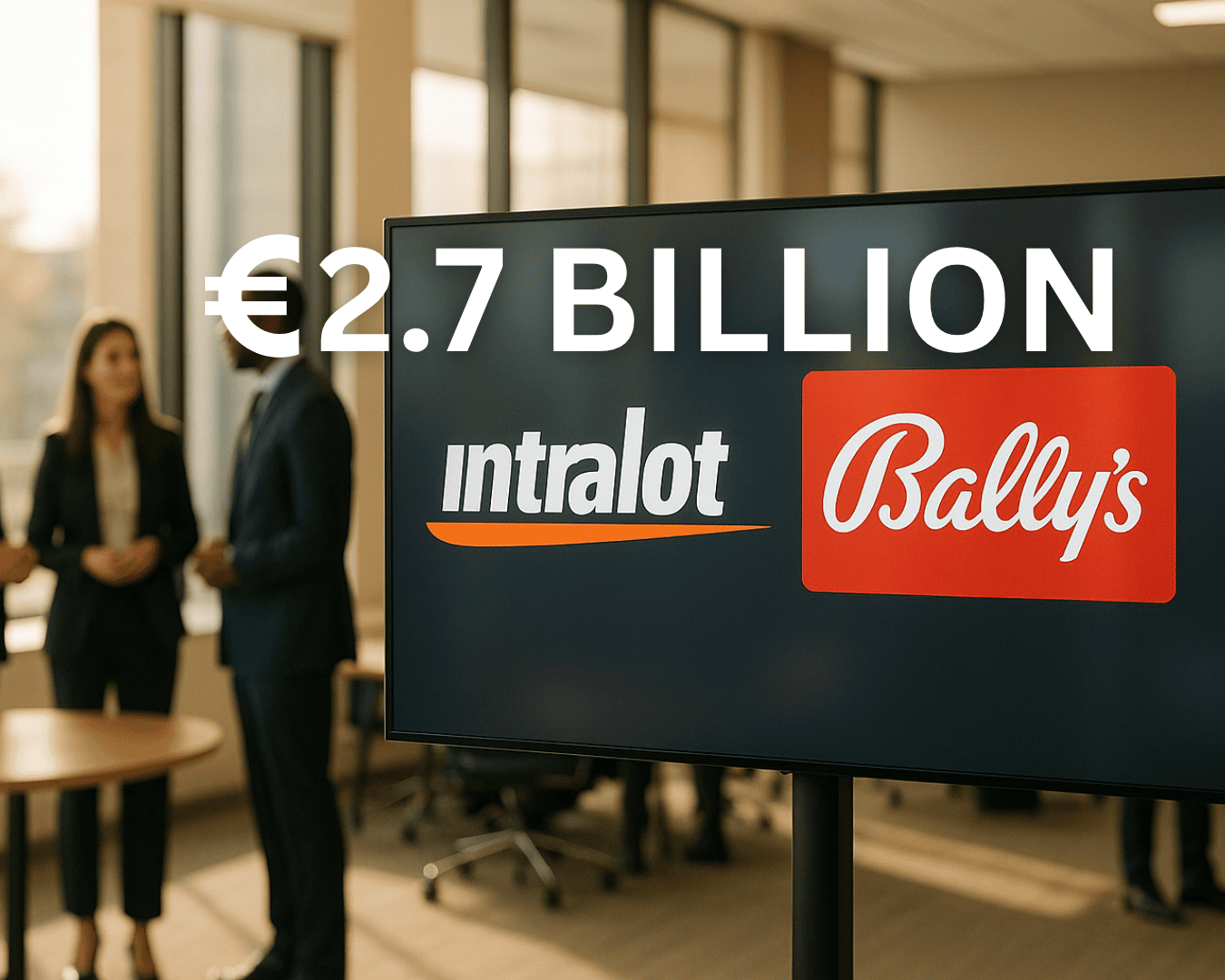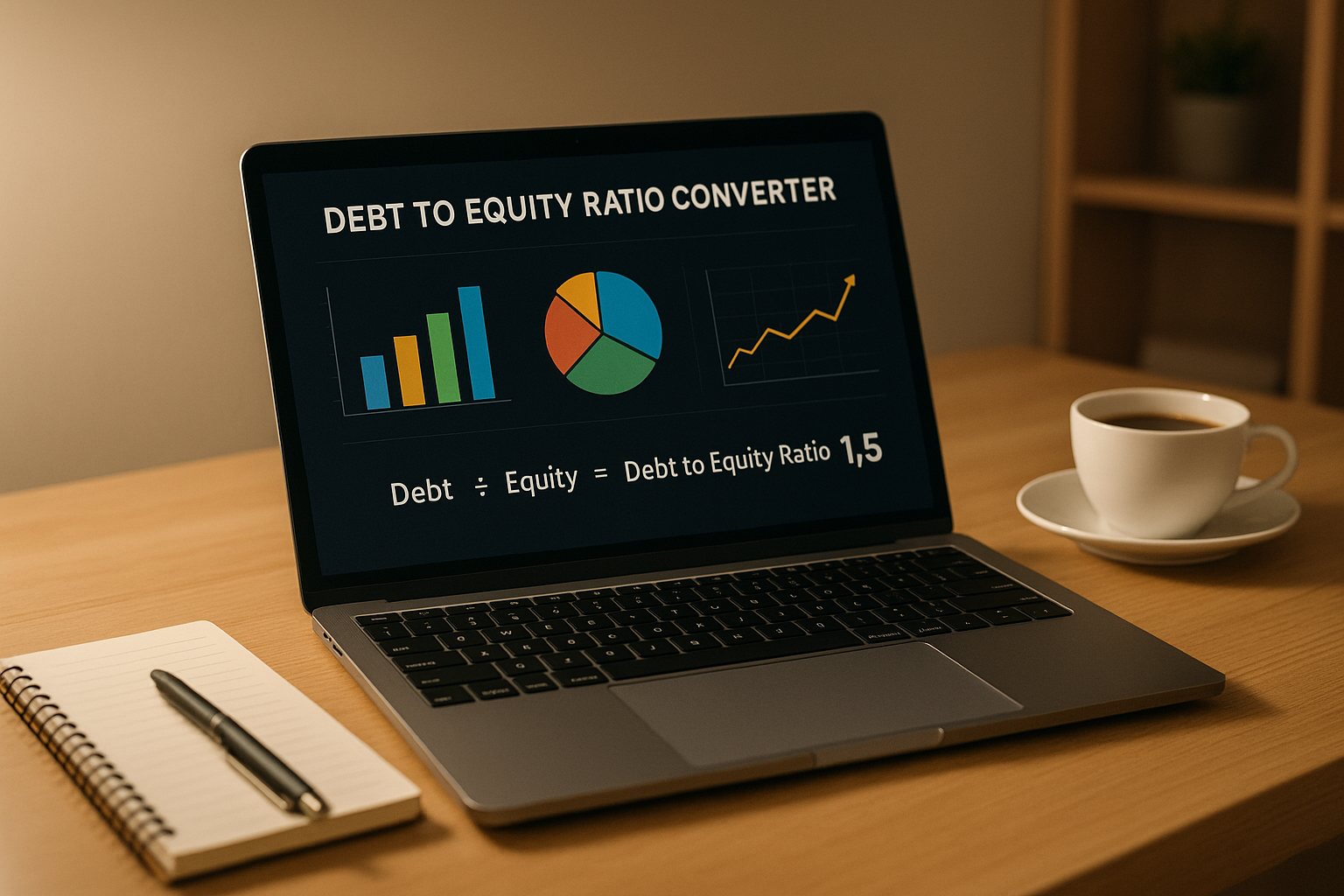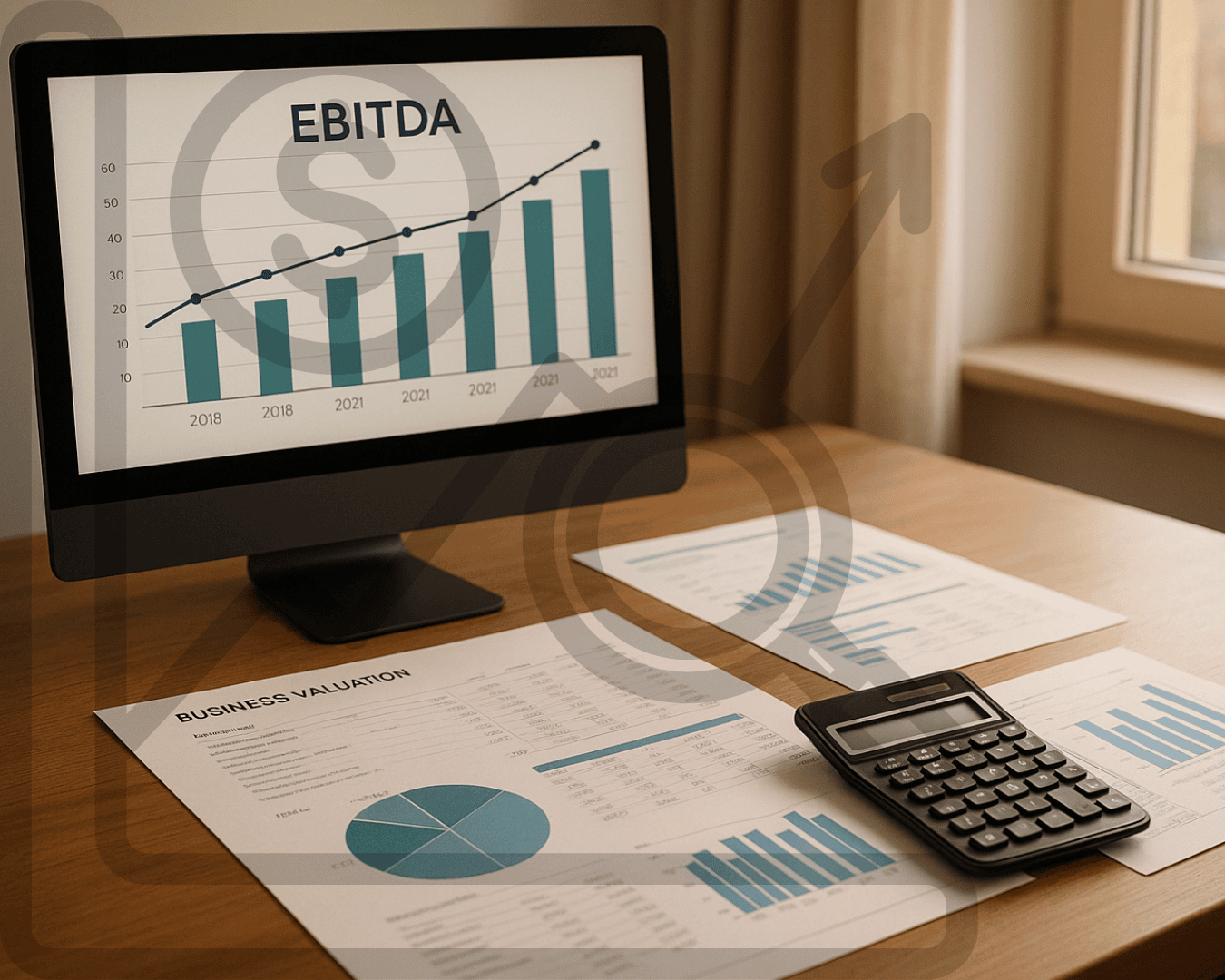Overview: A Defining Moment for Small Business Owners
With the narrowly passed One Big Beautiful Bill (OBBB or “Big Beautiful Bill”), Congress has confirmed a permanent increase in the Qualified Business Income (QBI) deduction—from 20 percent to 23 percent for pass-through entities. Rooted in Section 199A of the tax code, this deduction is now cemented for the long term, replacing the fading expiration of 2025—and it reshapes how small business owners approach taxes, planning, and reinvestment.
This update was widely celebrated by organizations like the NFIB, which hailed it as “one of the most pro-small business pieces of legislation in recent history” (See NFIB artcile).
I. What’s Changed—and Why It’s Important
1. Deduction Rises from 20% to 23%
The core benefit is straightforward: eligible pass-through entities—sole proprietorships, partnerships, S-corporations, and LLCs—may now deduct 23 percent of their qualified business income instead of the prior 20 percent . This effectively lowers the marginal tax rate on QBI to approximately 28.49 percent, down from 29.6 percent (See Barron's Article).
2. Perpetual Extension
Originally scheduled to sunset after December 31, 2025, the deduction is now permanent—removing uncertainty and enabling strategic, multi-year financial planning bipc.com. The Tax Foundation confirms this change starts in 2026 (See the Tax Foundation Article).
3. New Phase-Out Mechanism
High earners faced sharp cliff effects under previous rules. The updated legislation smooths the reduction: for incomes above threshold, the deduction phases out at 75 cents per $1 of excess income, rather than disappearing abruptly . This nuance means more predictability and less surprise at tax time.
4. Expanded Eligibility to BDC Dividends
Previously, only REIT and publicly traded partnership dividends were included. The Bill expands QBI to include net interest income from BDC (Business Development Company) dividends, enhancing after-tax yields for investors in credit-centered vehicles (See Tax Talks article)
II. Why These Changes Matter
💡 1. Immediate Tax Savings
Even modest QBI earners benefit. For instance, business income of $150,000 sees:
- Old deduction (20%): $30,000 → tax break at bracket
- New deduction (23%): $34,500 → deeper deduction
- Additional savings: $4,500 × estimated 32% bracket = $1,440
Scaled up, higher incomes yield significantly larger savings. These are real dollars that could be reinvested in staff, tech, or growth initiatives.
💡 2. Certainty in Business Planning
Permanent tax enhancements foster confidence. Small business owners can more precisely forecast cash flows and budgets through 2030 and beyond—essential in a landscape where temporary provisions used to pressure leaders into short-term decisions.
💡 3. Broader Access and Smoother Cliffs
By shifting the phase-out from abrupt to gradual, more small businesses, including SSTBs (Specified Service Trades or Businesses), will tap into the deduction. BDC dividend inclusion further extends reach—especially beneficial to diversified owners of finance or credit investments See Nat Law Review Article).
III. Comprehensive Analysis From Leading Tax Experts
Tax Foundation
Confirms the 23% rate, permanence, and BDC expansion in effect from 2026 (See NFIB Article).
Proskauer Tax Talks
Officially notes the revised effective tax rate of 28.49% and expanded BDC dividend treatment (See Proskauer Talks).
Eversheds Sutherland
Articulates how BDC interest dividends are integrated—paralleling REIT treatment—while warning about the removal of miscellaneous itemized deductions (See KPMG.
National Law Review & Baker Tilly
Highlight payout increases from BDC distributions and confirm that the new mechanisms extend beyond pass-through income to investment income .
Troutman Pepper & BIP
Detail the two-step calculation for phase-outs and underscore certainty and clarity of these changes (See bipc).
IV. The Bigger Fiscal Picture: Calls to Caution
While applauding tax savings, analysts at the CBO and budget watchdogs warn that the overall bill shifts significant resources upward, inflates the deficit, and shrinks social safety networks (See wsj.com):
- CBO estimates the bill will increase deficits by $2.4T–$2.6T over a decade wsj.com.
- Meanwhile, cuts in Medicaid, SNAP, and assorted public programs could offset but may harm vulnerable populations (see Wash Post)
- Economists suggest that tax cuts alone may stimulate growth only temporarily, failing to offset long-term debt impacts (wsj.com).
A wave of Senate amendments and vocal criticism from figures like Elon Musk reflect concern that the bill’s broader cost could undercut benefits (nypost.com).
V. What Small Businesses Should Do Now
- Verify Your Eligibility
Confirm your business is a qualifying pass-through. If you earn dividends from BDCs that are net-interest-based, this is critical. - Plan for 2026 and Beyond
Use the permanent deduction to model future cash flows, financing, and expansion. - Collaborate With Tax Advisors
Confirm correct phase-out application, understand the two-step deduction formula, and monitor taxable thresholds. - Consider Investing in BDCs
With enhanced QBI inclusion, certain BDCs may offer more attractive after-tax returns—especially if you’re income-positioned to benefit. - Review Holistically
Other provisions—bonus depreciation, interest deductions, estate exemptions—may feed off QBI changes. Holistic planning is essential.
VI. Looking Ahead: Risk vs. Reward
This policy is transformative for small business owners—but not immune to future changes:
- Senate revisions could tweak this provision before final enactment.
- Future legislation may impact offsetting cuts or reduce benefits.
- Economic conditions like interest rates and inflation may alter the relative value of the 23% deduction.
Despite potential volatility, the fact this deduction is permanent and improved marks a structural shift, enabling long-term optimism and informed investment in the Main Street economy.
VII. Conclusion
The permanent elevation of the QBI deduction to 23% in the One Big Beautiful Bill is more than a tax headline—it’s a watershed moment for entrepreneurship and ownership. The expanded, long-lasting nature of this tax incentive gives small business owners a foundation of financial clarity and stability. Whether you're reinvesting in staff, equipment, or expansion, this newfound certainty empowers Main Street to plan, grow, and thrive.


.png)
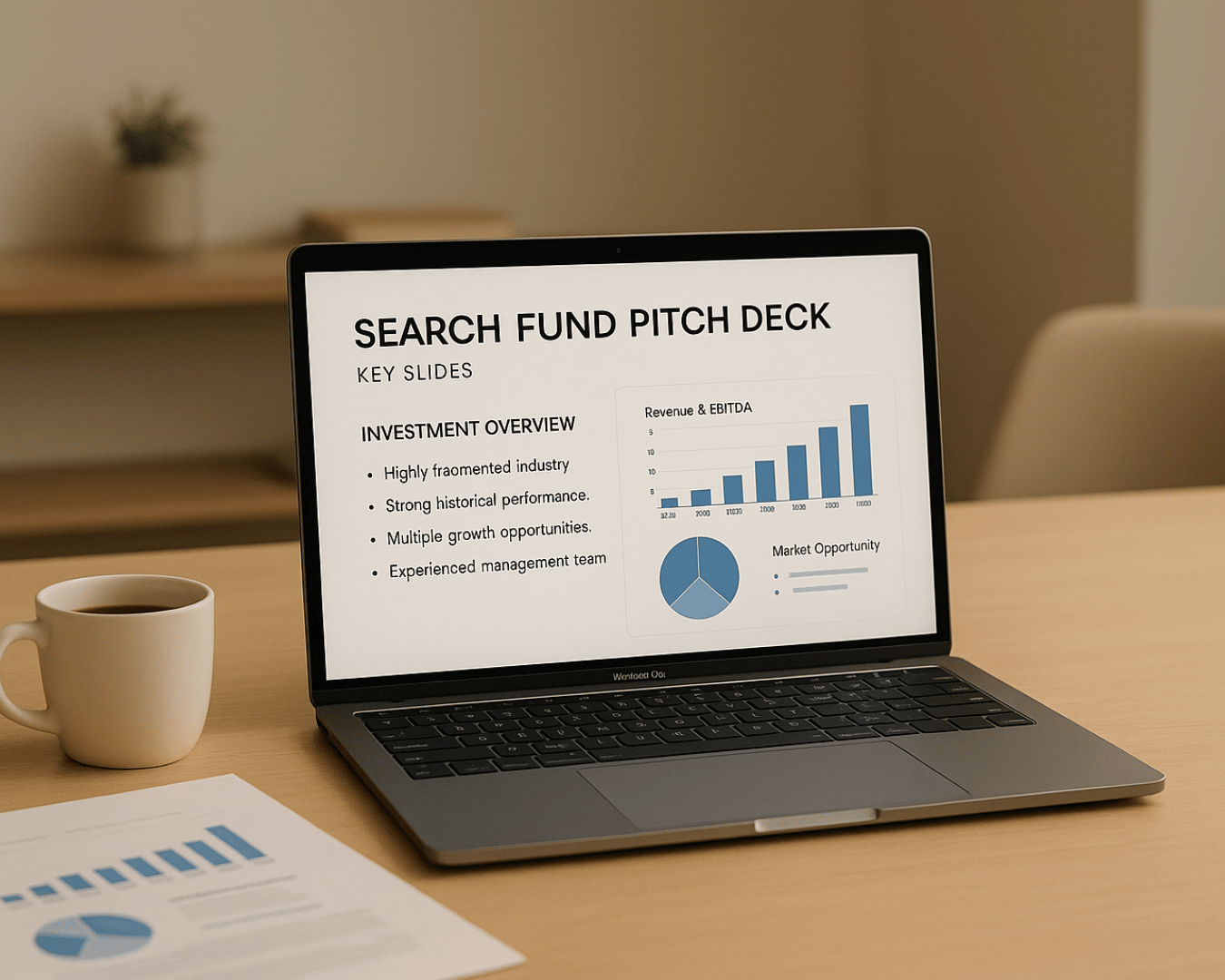

















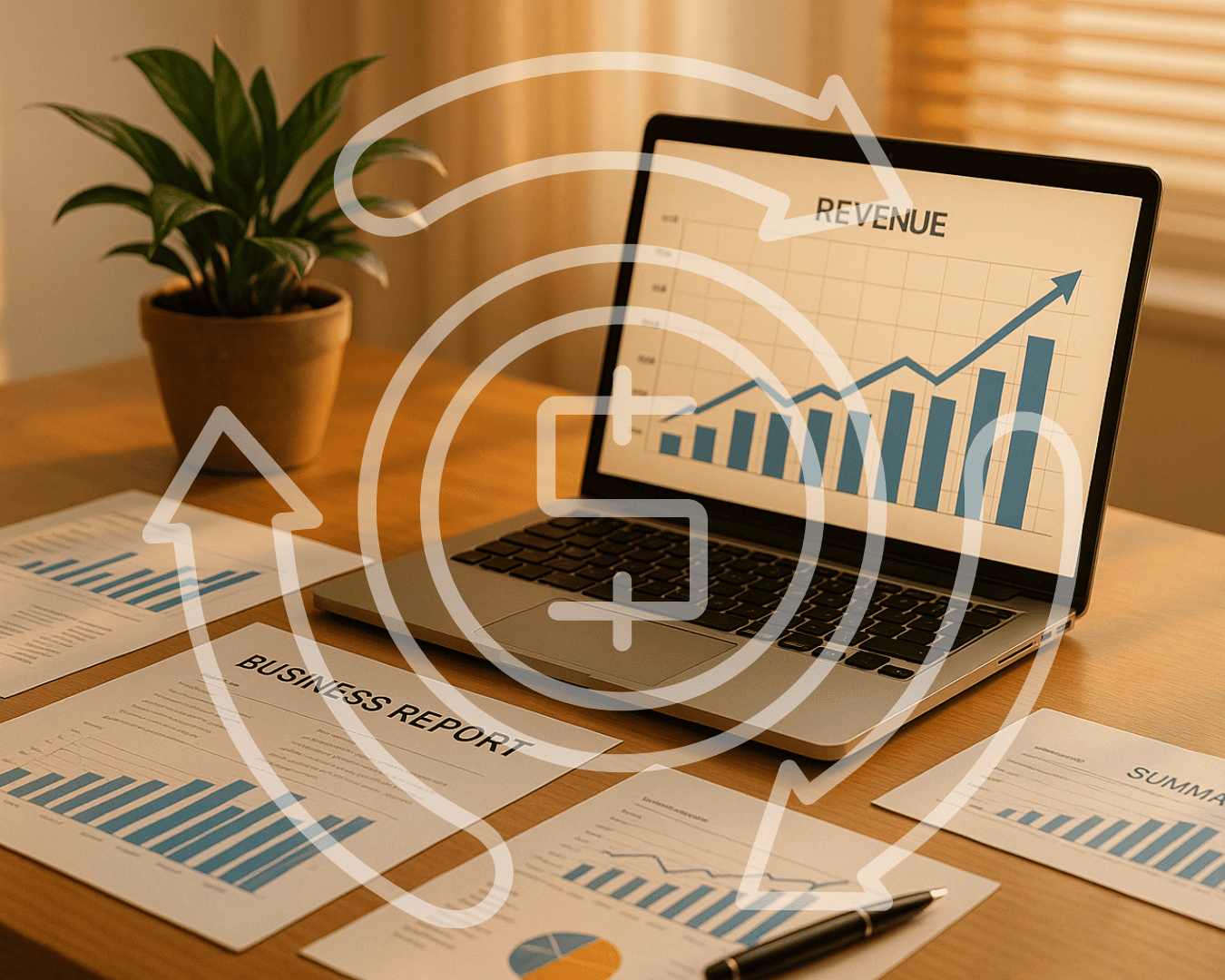










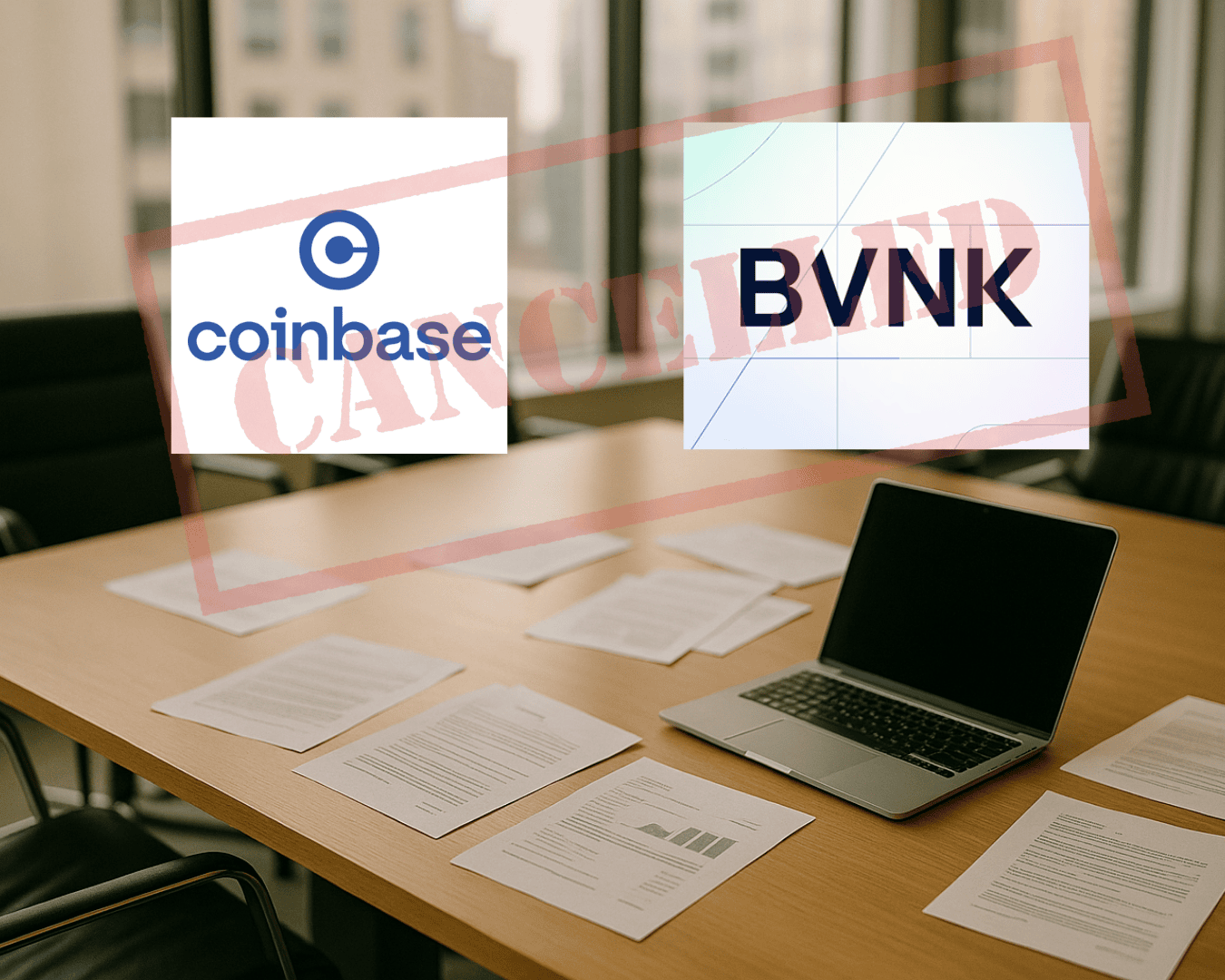









.png)






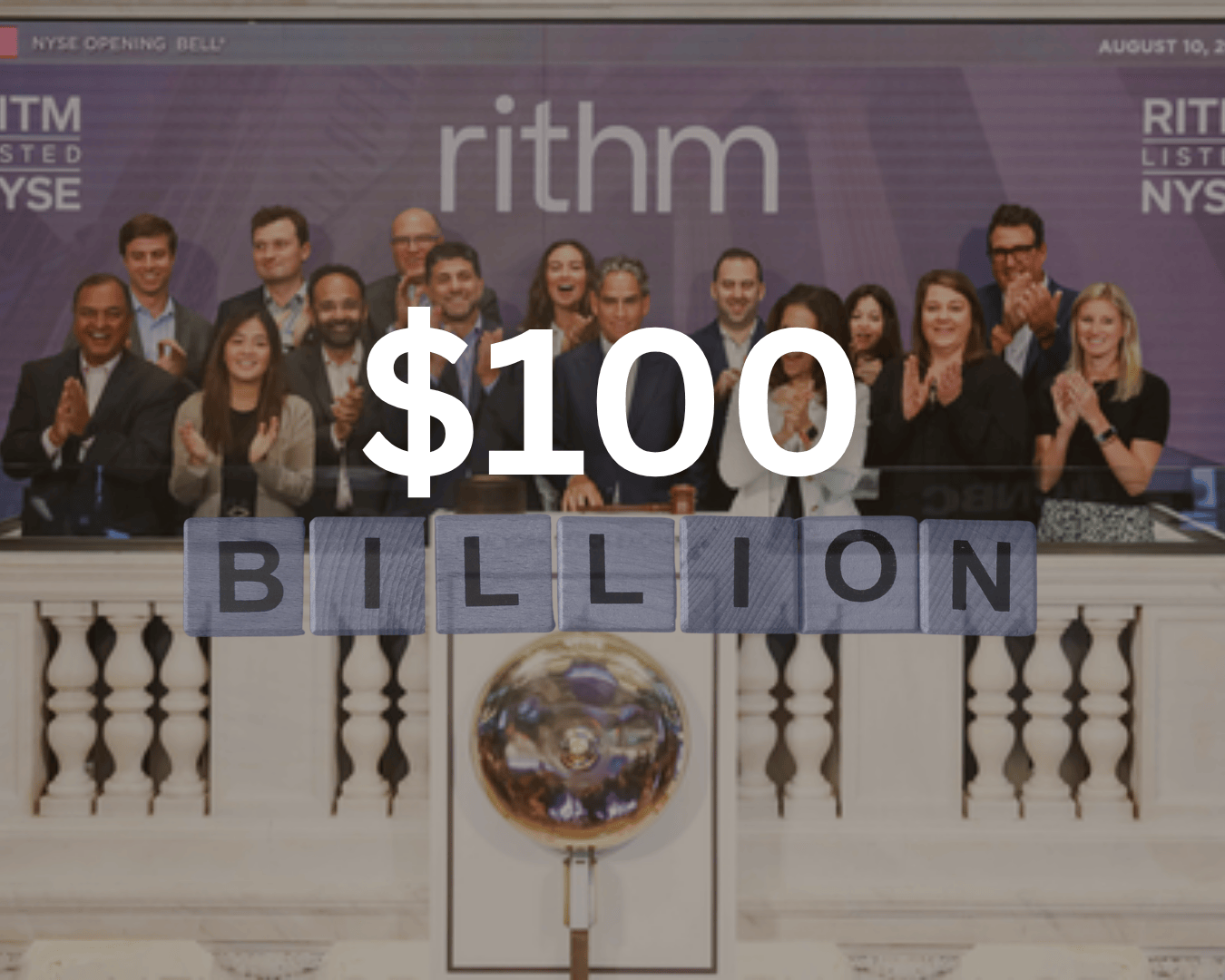










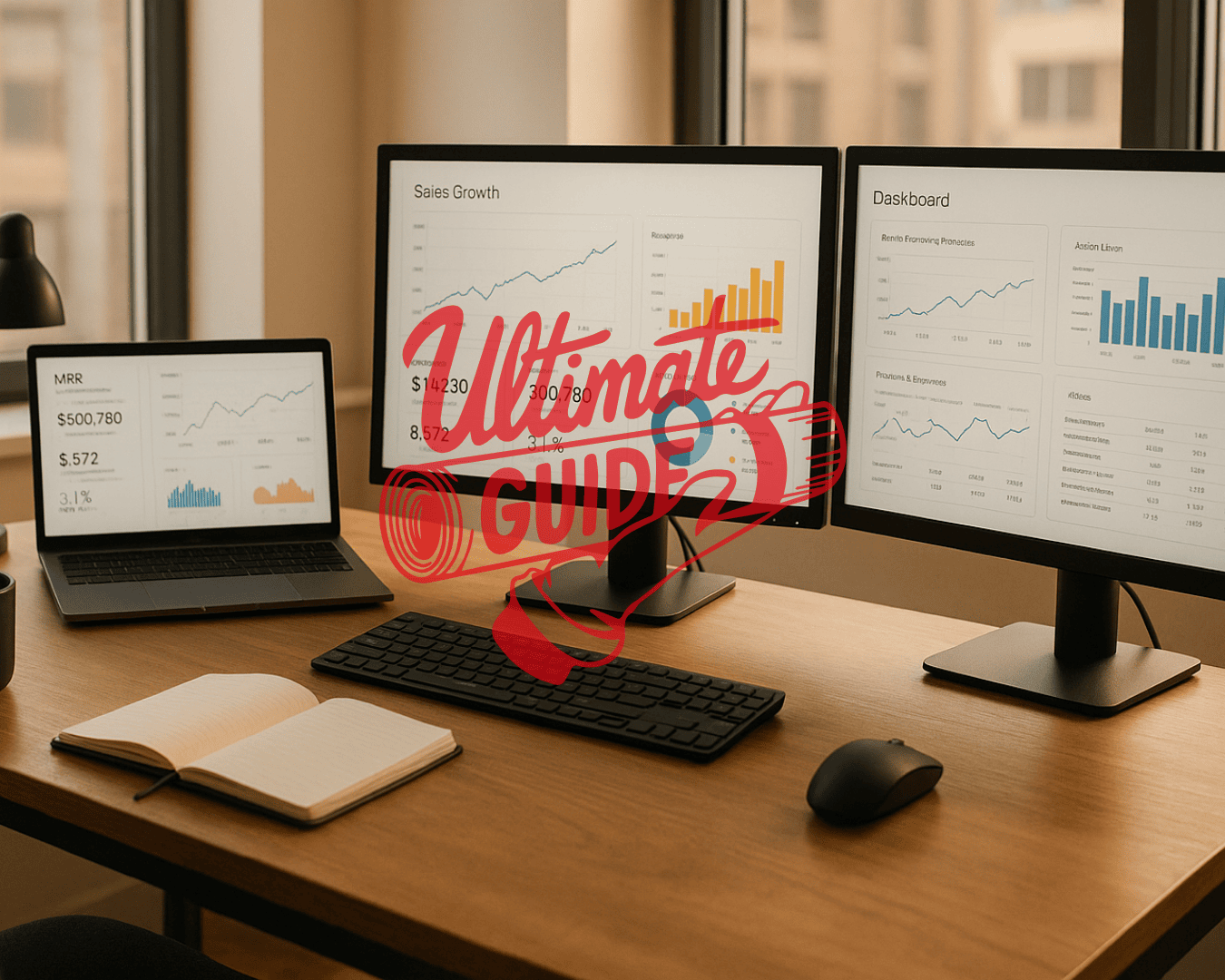




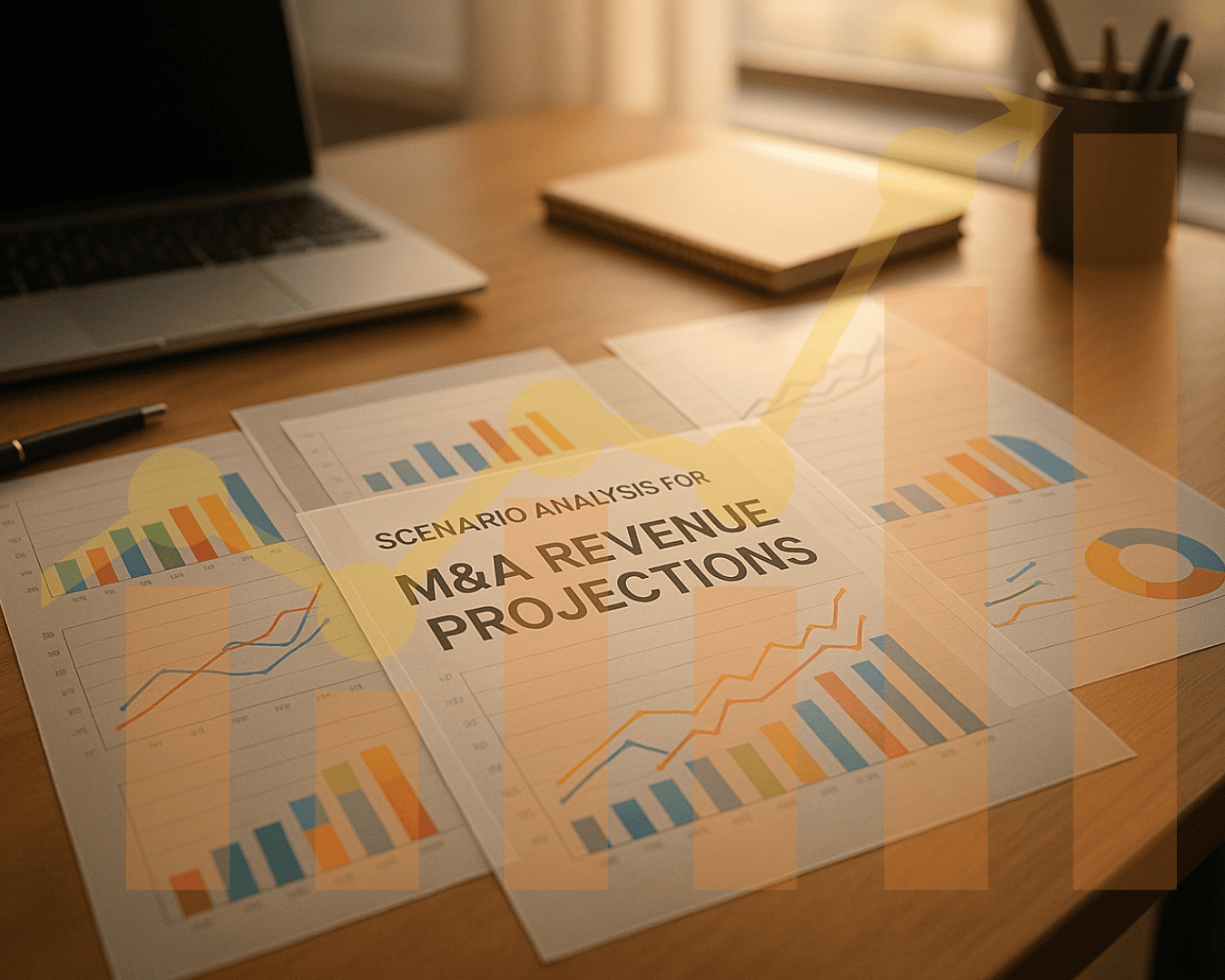





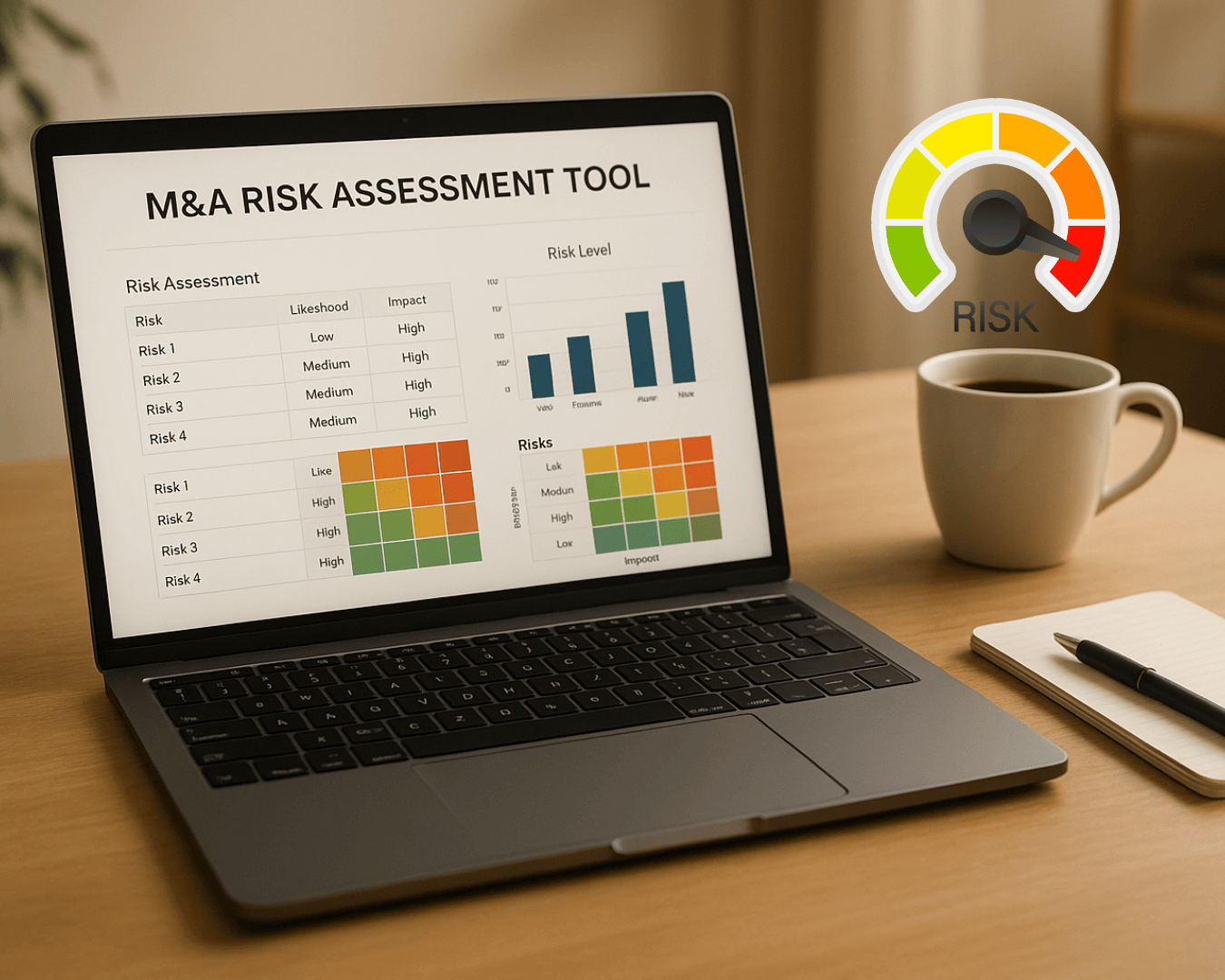

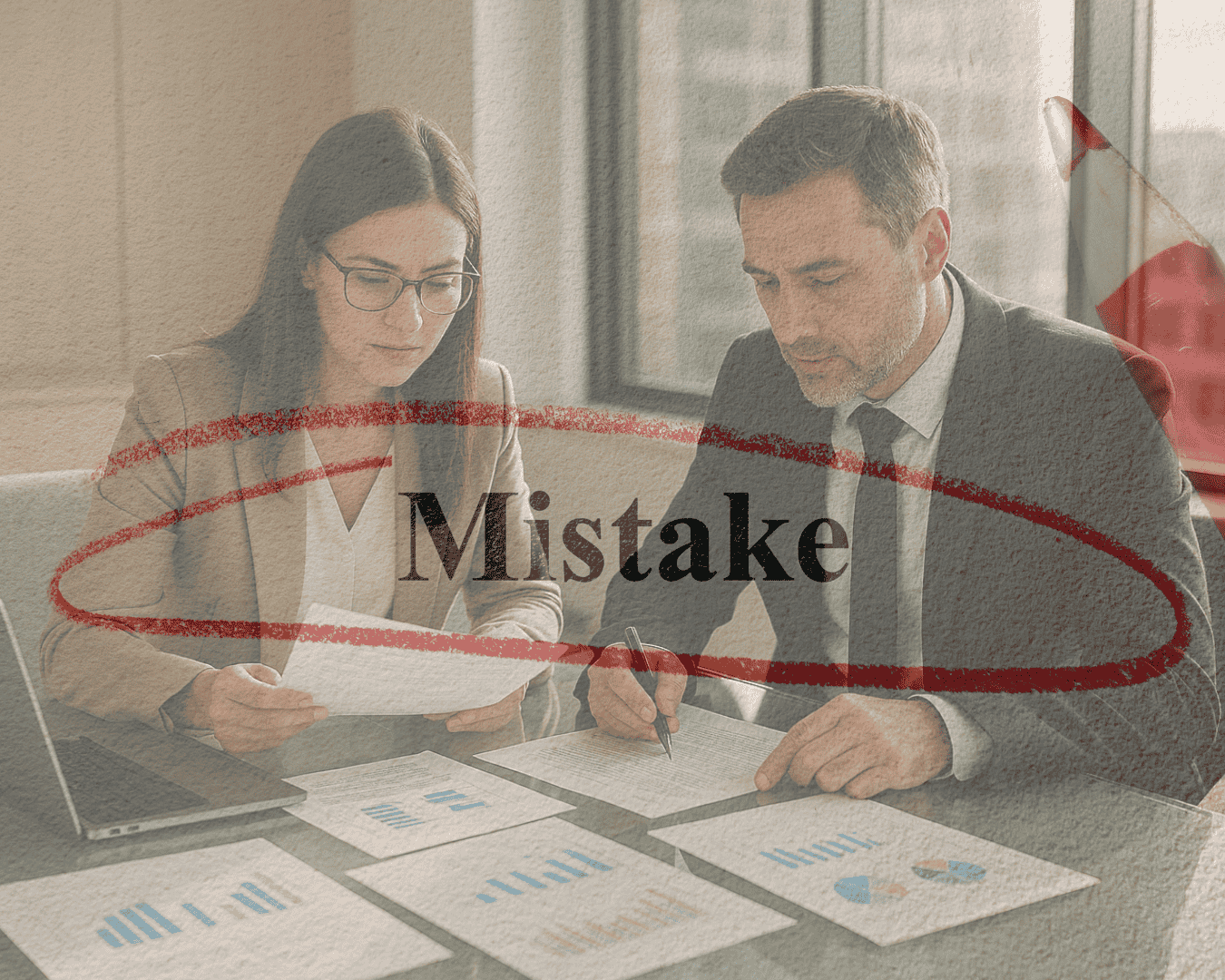
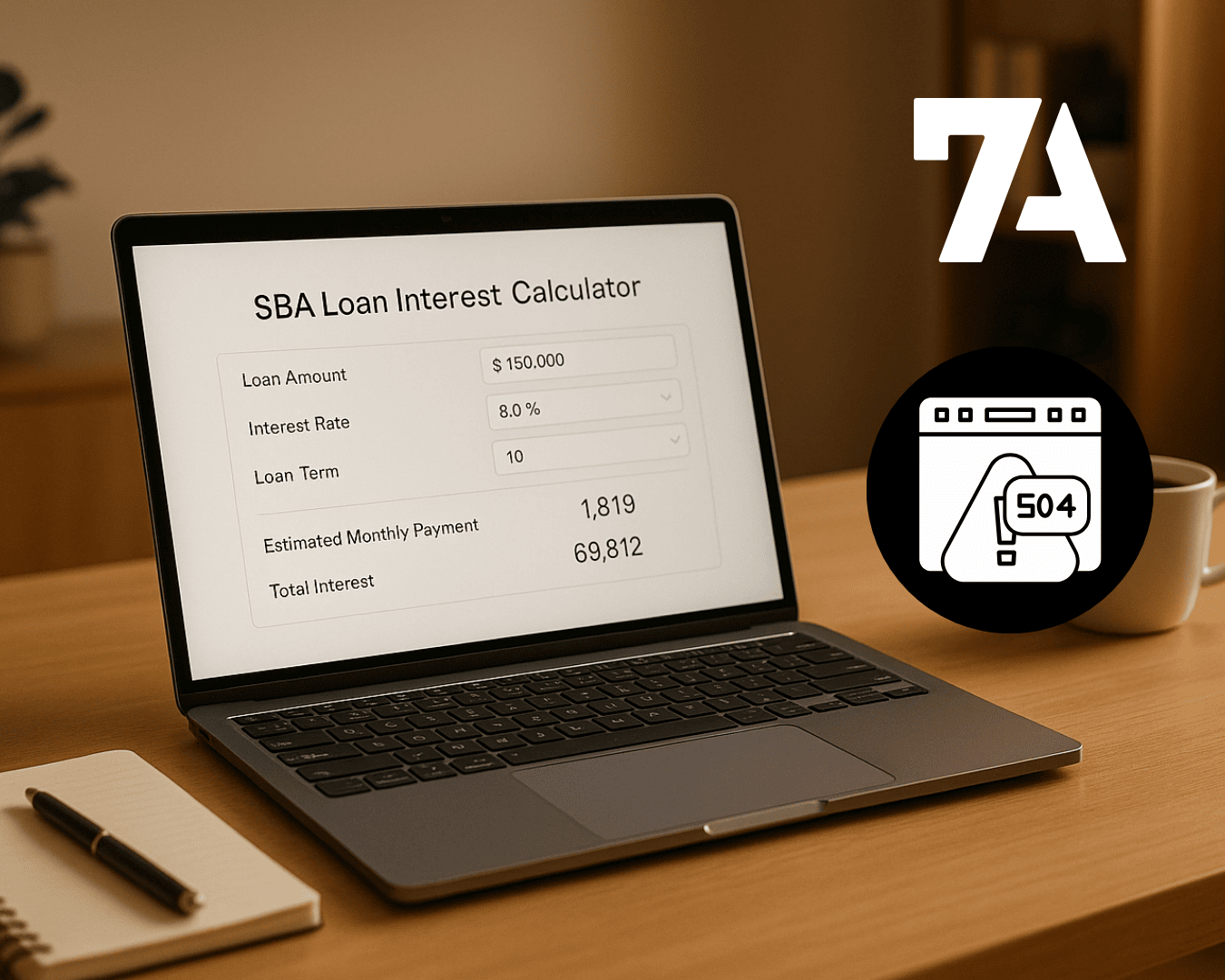








%20Loan%20Application%20Checklist.png)

